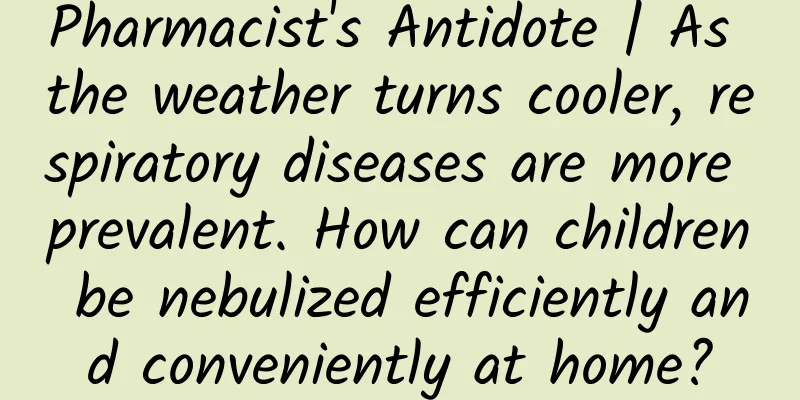Why is the areola itchy and peeling?

|
Breasts are a special organ of women, which can make women more beautiful and can also feed babies. When the areola is itchy and peeling, it may be eczema, or a disease that is more inconvenient than eczema, so it is also worth everyone's attention. So what is the reason for itchy and peeling nipples? 1. When the nipples become itchy, it may be due to rash and eczema on the nipples. This may be due to a special cancer, so this cannot be ignored. If such a situation occurs, you should go to the hospital to see a doctor in time for treatment. The doctor will also prescribe some medicines according to the condition to help alleviate the condition. 2. Everyone's breasts are different in size, so when buying a bra, you can buy it according to the size of your breasts. Otherwise, it will cause blood circulation problems, resulting in poor breast development, which will cause breast cancer. At this time, you need to adjust the bra, which will be healthy for the body. 3. If women do not maintain breast hygiene well, it is likely to be infected with some bacteria, eczema and skin allergies. At this time, it is necessary to take some Chinese medicine for dispelling wind and dampness, or some eczema plasters to help us treat it in time, so as to prevent the body from being infected and avoid causing adverse effects on the body. Nowadays, people pay more and more attention to breasts, care for breasts, and prevent breast diseases, which reflects the calls of many people. However, there is no need to panic when abnormalities are found in the breasts. Below I will introduce some reasons for itchy and peeling areola. What causes itchy, dry and peeling nipples? 1 First: The symptoms of itchy and peeling areola mainly consider the possibility of allergic dermatitis. You can go to the pharmacy to buy 999 Dermatitis Flat and apply it to the wound for treatment. But remember not to scratch it. Take the medicine regularly and it will get better slowly. 2 Second: The symptoms of itchy and peeling areola may also be caused by eczema or bacterial infection. It must be kept clean. However, in order to better understand the condition, it is best to go to a dermatologist for examination and treatment after diagnosis to avoid delaying the condition. 3 Third: Don’t worry too much about this situation, because there are 15 to 20 milk duct openings concentrated on the nipple. The human epidermis is composed of some metabolic squamous epithelial cells, which are controlled by the body's female hormones and regularly undergo a process of proliferation and repair. Frequently asked questions There is no need to worry too much about itchy and peeling areola. It may be a normal physiological need, or it may be caused by allergic dermatitis or eczema. As long as you take the medicine regularly, you will recover soon. |
<<: Can pregnant women with hepatitis C breastfeed?
>>: Best breastfeeding posture pictures
Recommend
What is the difference between sunscreen spray and sunscreen? How to choose the right sunscreen?
The main cause of skin aging is ultraviolet rays....
Is gynecological rectal ultrasound painful?
It is actually a very common practice for gynecol...
How many months is 26 weeks of pregnancy and how to increase pregnancy
We all know that many families nowadays cannot ha...
Why does yeast recur after menstruation?
Many women have problems with fungal infections, ...
Uterine fibroids and no menstruation, is there any connection between the two?
Uterine fibroids are a relatively serious disease...
Female hands numb when sleeping at night
When sleeping at night, the body should be in a s...
What is the reason for heavy menstrual flow?
Some girls feel that their menstruation seems to ...
How long should the hawthorn cake be boiled to solidify?
We all know that hawthorn cake is a common pastry...
Is it good to stimulate the breasts frequently?
Nowadays, many novices will often stimulate their...
What to do if you have an itchy throat and cough during early pregnancy
Pregnancy is very hard for women. Not only do the...
My butt hurts during my period, what's wrong?
After my period, my buttocks will be more painful...
Can pelvic inflammatory disease cause infertility?
Pelvic inflammatory disease is a common gynecolog...
What are the symptoms of unclean abortion?
Abortion is seen as just a minor operation by mos...
Pregnancy belly slightly bulging picture
Generally, as time goes by during pregnancy, the ...
Can I drink red dates and wolfberry tea during my period?
During menstruation, a girl's body is at its ...









